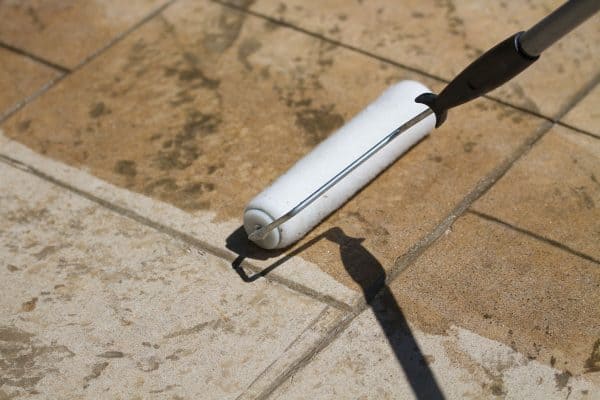Disclosure: We may get commissions for purchases made through links in this post.
Are you planning to install a hot tub on your patio, and you’re wondering if the existing pavers will be able to support it? Wonder no more, for we’ve researched this issue, and we have the answer for you.
The answer might be a bit more complicated than you’d like because it is yes and no. Yes, because you can easily install over pavers that are thick enough to support the overall weight of a hot tub. However, pavers are normally installed with an incline to help drain excess water like rainwater. A hot tub cannot be installed on top of any uneven surface. And using a shim on your hot tub can void its warranty.
Fortunately, there are ways to make your hot tub compatible with your pavers. And we have the details in the succeeding sections below. Read on!
Can a hot tub sit on pavers?
The first thing to consider when installing a hot tub on pavers is the weight. Can your existing pavers support the weight of the hot tub?
You might think that your hot tub only weighs 100 to 150 lbs but think of how heavy it would be after you fill it with water. Now imagine how heavy it would be after people start getting in!
From a structural point of view, it’s not the pavers that you need to worry about when installing a hot tub if you have pavers that are more than two inches thick. What you should worry about is the underlying structure.
A patio of pavers is an intricate system of layers that supports each other. If one layer is not up to the task, even a four-inch thick paver would eventually fail.
Knowing your paver base
Pavers are installed over a bottommost layer called a paver base. This is usually four inches thick for regular patios.
It is recommended to install a six-inch thick paver base for driveways that will handle the weight of regular cars. Driveways for heavy vehicles like trucks, however, will need a paver base that is at least 10 inches to 12 inches thick.
A regular hot tub exerts a force of at least a hundred pounds per square foot—which is more than twice the ASCE standard for supporting the weight of cars in parking garages (at 40 psf or pounds per square foot). If your patio was installed with a regular four-inch paver base, then that paver base would not be strong enough to support your car, much less a hot tub.
Some part of it will likely sink once it gets regularly exposed to water after the hot tub is installed over it. Moreover, hot tubs with bigger water capacity exert a larger force per square foot. More water means heavier hot tubs.
Bigger capacity hot tubs will need a paver base that is 10 to 12 inches thick. This is the same recommended paver base that is needed to support heavier vehicles.
How to prepare pavers for hot tub installation?
One of the biggest advantages of pavers is that you can simply pull out your pavers, adjust the paver base and put the pavers back like nothing happened. And that is exactly what we will do to prepare your pavers for hot tub installation.
Keep in mind, however, that these steps assume that you have pavers that are more than two inches thick. Preparing your paver base for the weight of your hot tub would be pointless if your pavers are not thick enough to support the weight.
How to install an adjusted paver base?
- Measure the length and width of your hot tub. Add a foot or two.
- Measure an area on your patio that is equivalent to the adjusted measurement and mark it with chalk that can easily be washed away.
- Remove the pavers from the patio. Set them aside for later installation.
- Dig the exposed area up to the target depth. The target depth should be seven inches plus the thickness of your pavers if you’re installing a regular size hot tub. However, the depth should be 11 to 13 inches (plus the thickness of your pavers) for larger and heavier hot tubs.
- Compact the area after you’ve reached the desired depth. Check the depth and level after compacting and adjust accordingly.
- Hammer in metal rods at the corners or your area. If it is an irregular area, install the metal rods at key areas where you can check the depth.
- Tie a nylon string connecting the metal rods to indicate the desired depth of the paver base. Check the incline of the nylon string and make sure it follows the incline of the undisturbed pavers on your patio.
- Once you’ve verified the ideal level and depth, pour in gravel and crushed rocks until you get to three inches of depth. Measure the depth from the top of the string downwards to check the level of the poured paver base.
- Compact the initial three-inch layer. Compacting can be dusty. Make sure you’re wearing protective gear like face mask and goggles.
- Keep adding three more inches of paver base and compacting it until you’ve reached the desired depth.
- Check the depth and level and adjust accordingly. Compact each time you add more material.
- Adjust the nylon string to mark a depth of one inch. Check the level and match it to the incline of the rest of the undisturbed pavers on your patio.
- Pour in the bedding sand and distribute it evenly on the area.
- Once you’ve achieved the desired depth, start compacting the bedding sand.
- Check the height and level of the bedding sand after compacting and adjust accordingly. Compact the layer each time you add more sand.
The anezus nylon string is available on Amazon.
How to reinstall the paver stones for hot tub installation?
- Reinstall the pavers starting from the edge of the undisturbed pavers. Use a rubber mallet to get the pavers to fit snugly into position.
- Check the incline and use the rubber mallet to make minute adjustments to the incline until you get the same incline as the rest of the undisturbed pavers. You want to match the incline of the undisturbed pavers so that rainwater can easily flow through and not accumulate on the newly reinstalled pavers.
- Do the same thing for the rest of the pavers until you have reinstalled all the pavers back to your patio.
The TEKTON 30603 rubber mallet is available on Amazon.
Why is it a bad idea to install a hot tub on inclined pavers?
Now that we’re done with making sure that your pavers are strong enough to support the weight of your hot tub, the next step is to make sure it is level.
Hot tubs are designed to carry and evenly distribute the weight of water and its occupants based on the condition that it is on level ground. Placing it on uneven ground forces the hot tub to handle weights that it might not be designed for. This is the reason why most hot tub warranties are voided if you do not install them on level ground.
Additionally, hot tub manufacturers are divided when it comes to using shims to make hot tubs level. The rationale behind this is that the uneven support of shims can create tension in the middle of the hot tub that it might not be able to support, creating cracks and leaks in the long run.
Thus, it is best for your long-term enjoyment to make sure that you install your hot tub on a level area. Moreover, an inclined hot tub makes it hard to clean because water accumulates on one side. Imagine one side is one or two inches higher than one end with water spilling over on that side.
But what if the pavers are not level? What do we do then?
How to install hot tubs on unlevel pavers?
The solution to this problem is simple, we make the pavers level without removing them. Sounds impossible? Follow the simple steps below and find out:
- Measure the area where you plan to place the hot tub. Adjust the measurements to provide space for a small stair if you plan to add one later. You can also add an area for a small tub-side table or even a grill.
- Next, measure the incline of the pavers on the area where you will install the hot tub.
- If the incline is small, trim slabs of wood that you can place side by side to create a top layer that will neutralize the paver incline to make it level. Install the hot tub on this level platform.
- If the incline is large, you will need to build a wooden deck that will offset the incline of the pavers. Instead of placing the slabs on top of the pavers and using the pavers as support, this project will require a separate bottom frame of floor joists. The floor joists will rest directly on top of the pavers. It will be responsible for neutralizing the incline of the pavers. Tampa Bay Hot Tubs suggests placing a spa pad on an inclined concrete pad. We may not have the exact setting here, but we’re following the same concept to achieve good water drainage.
- Install the top floor over the joists. Check the level each time you add a wood slab.
- Complete with your chosen finish.
Conclusion
Pavers that are more than two inches thick can support the weight of standard hot tubs. However, it is also important that the paver base and the bedding sand are thick enough to support the weight of the hot tub.
If you liked this article, check out these two articles too:

![Hot tub in a beautiful landscape with pavers, Can A Hot Tub Sit On Pavers? [And How Thick Should They Be To Support It?]](https://pavingplatform.com/wp-content/uploads/2022/03/Can-A-Hot-Tub-Sit-On-Pavers-And-How-Thick-Should-They-Be-To-Support-It-.png)
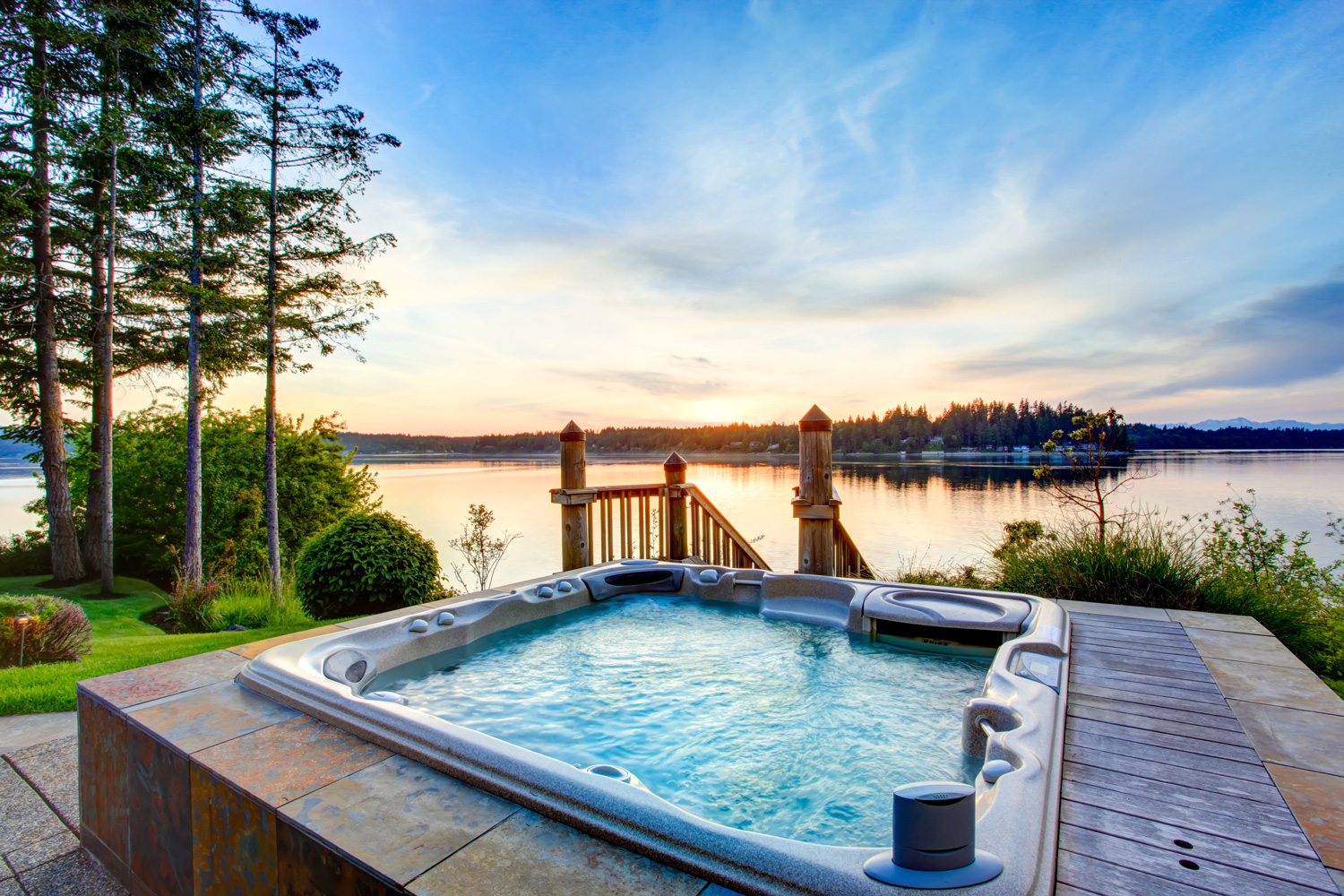
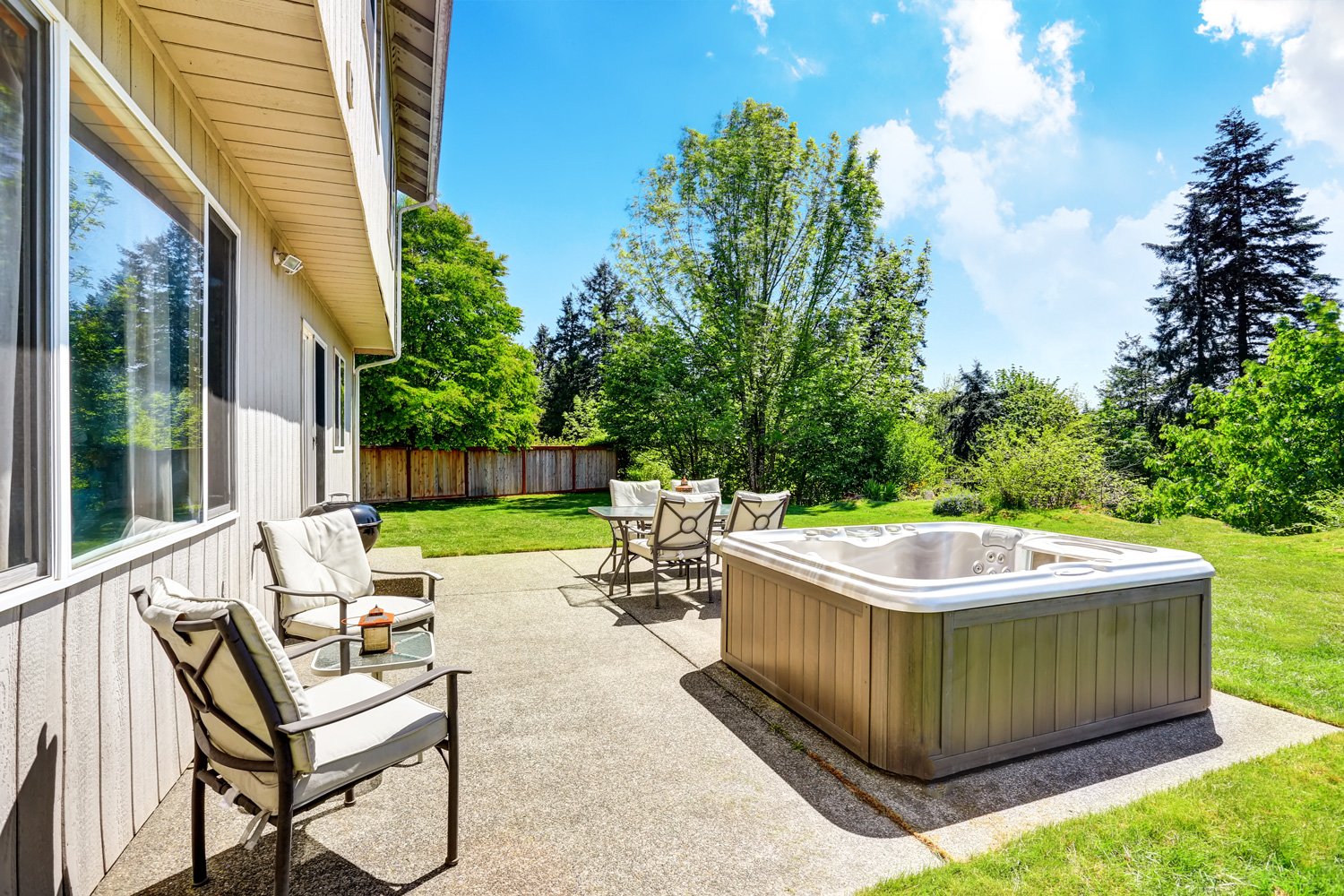

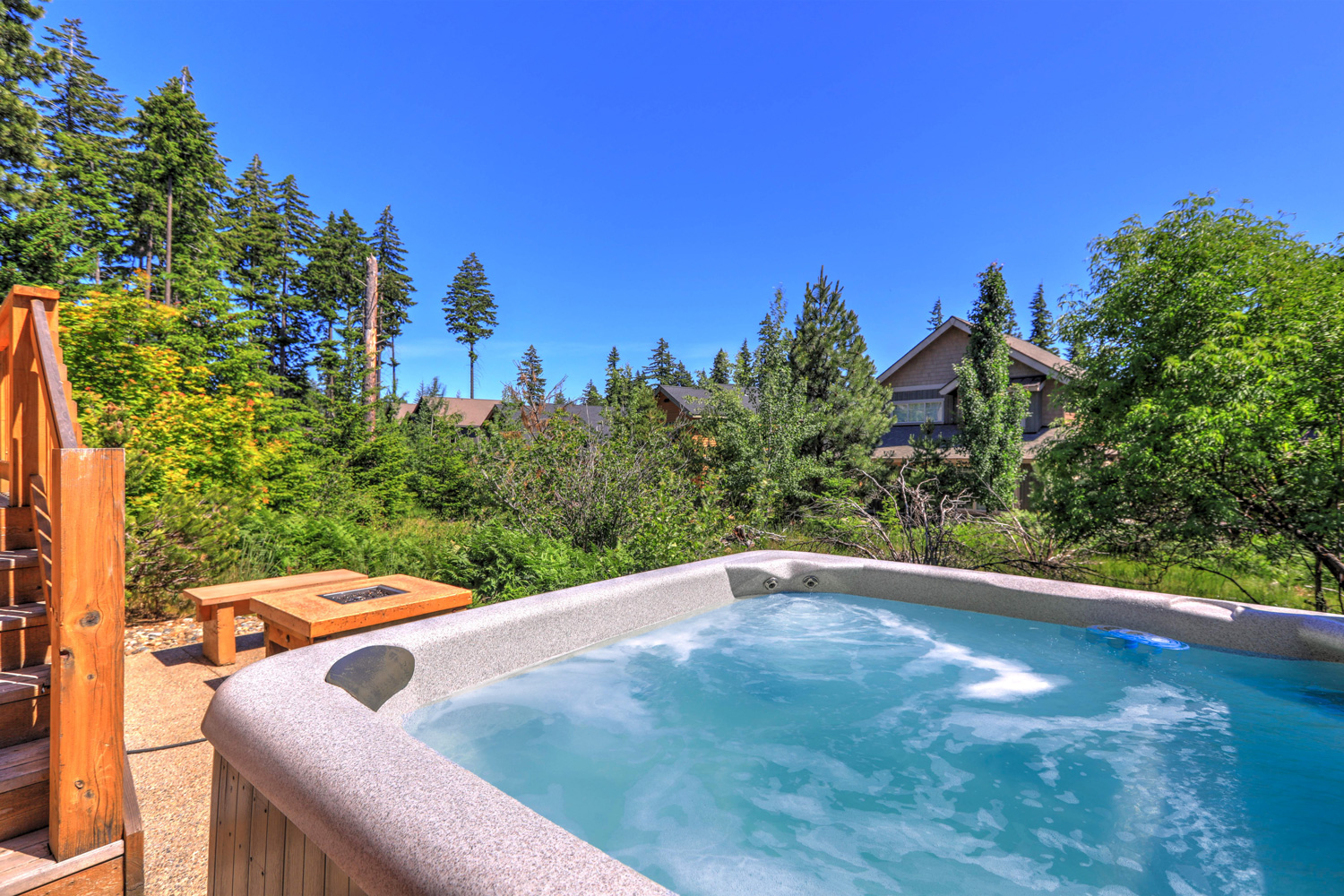

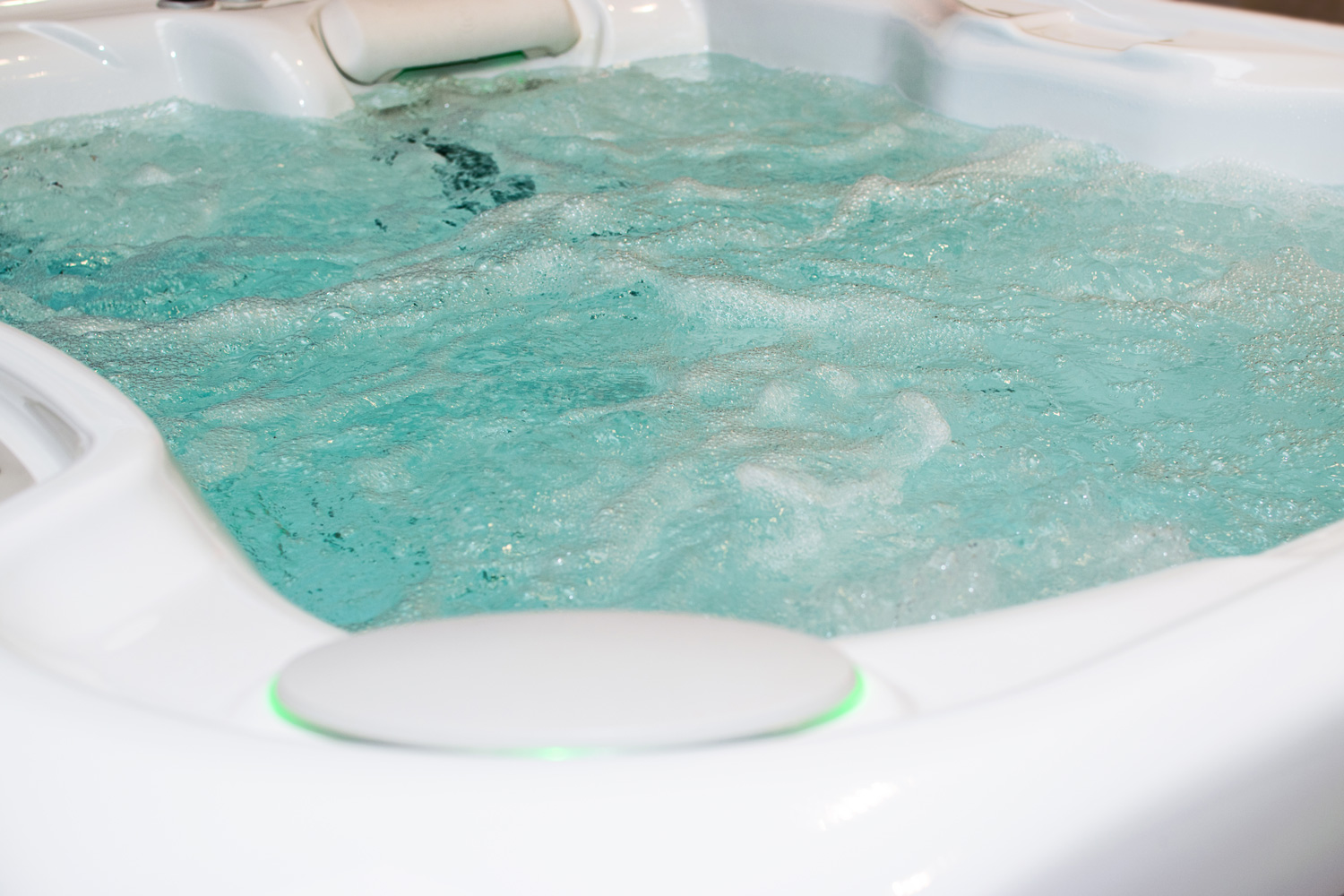
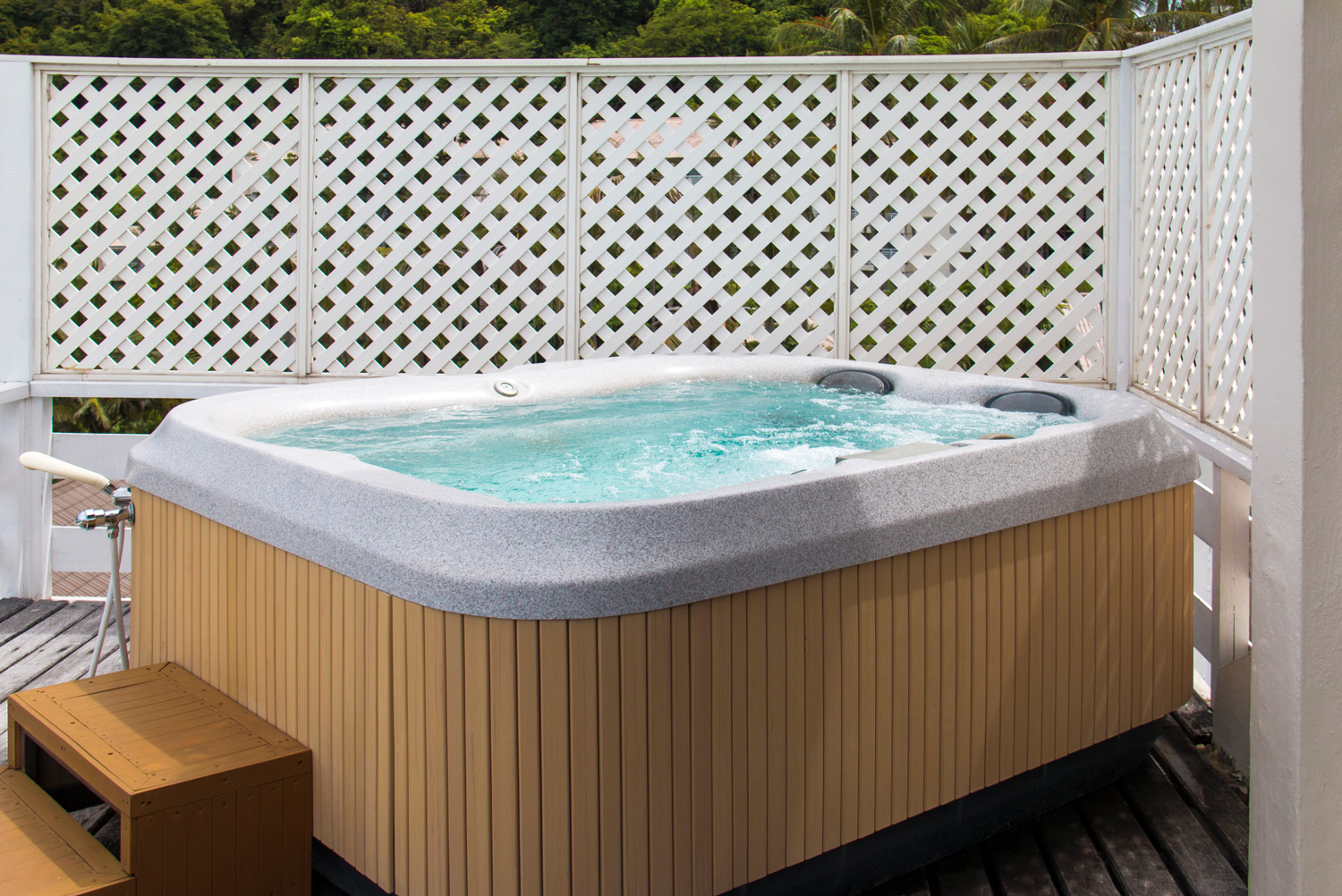
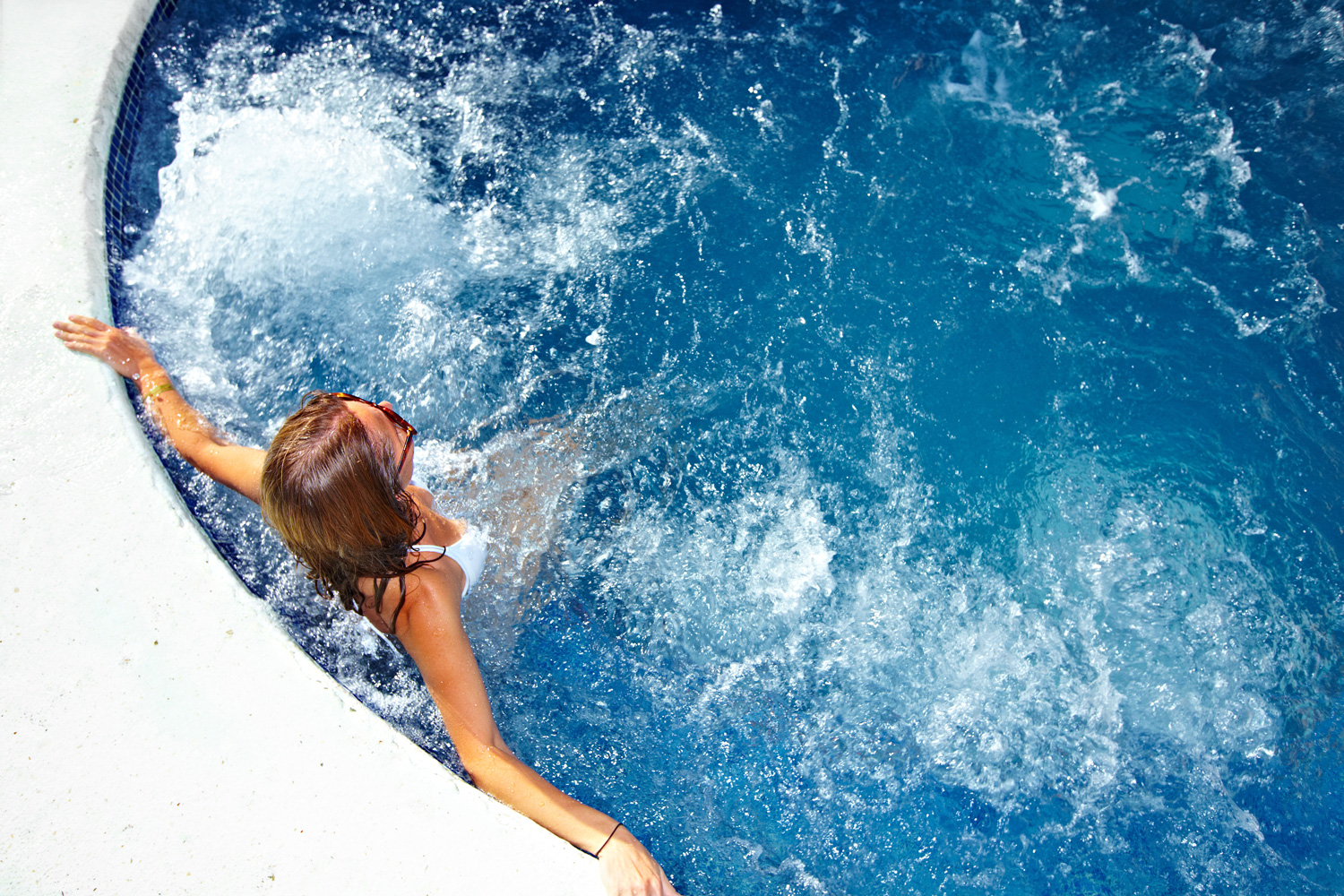
![Vibrant Red Paver Stone Path, Can You Spray Paver Sealer? [How To Apply It]](https://pavingplatform.com/wp-content/uploads/2022/04/Vibrant-Red-Paver-Stone-Path-600x400.jpg)
![Properly laid out red pavers for a garden, Can You Tint Paver Sealer? [And How To]](https://pavingplatform.com/wp-content/uploads/2022/04/Properly-laid-out-red-pavers-for-a-garden-600x400.jpg)
